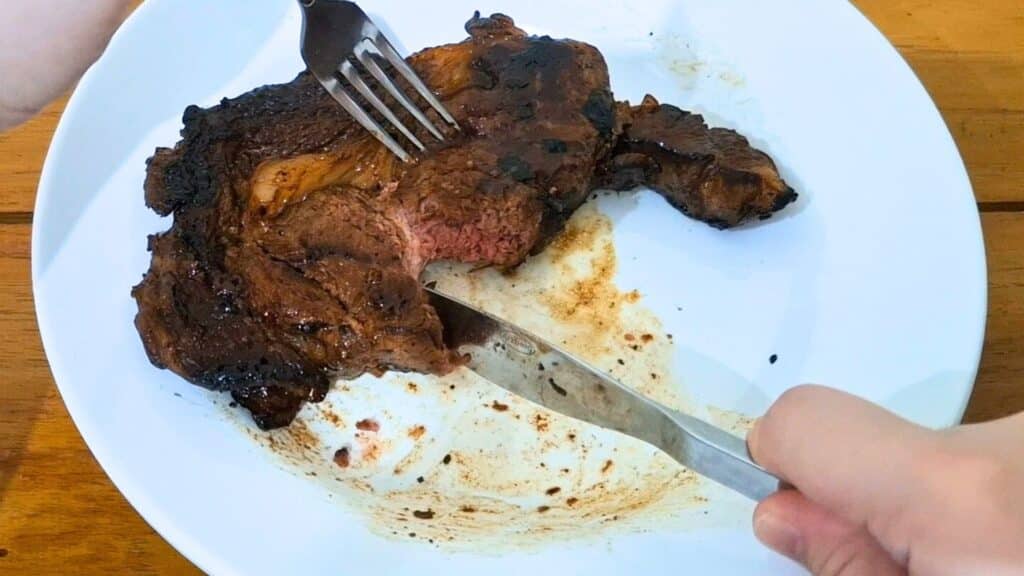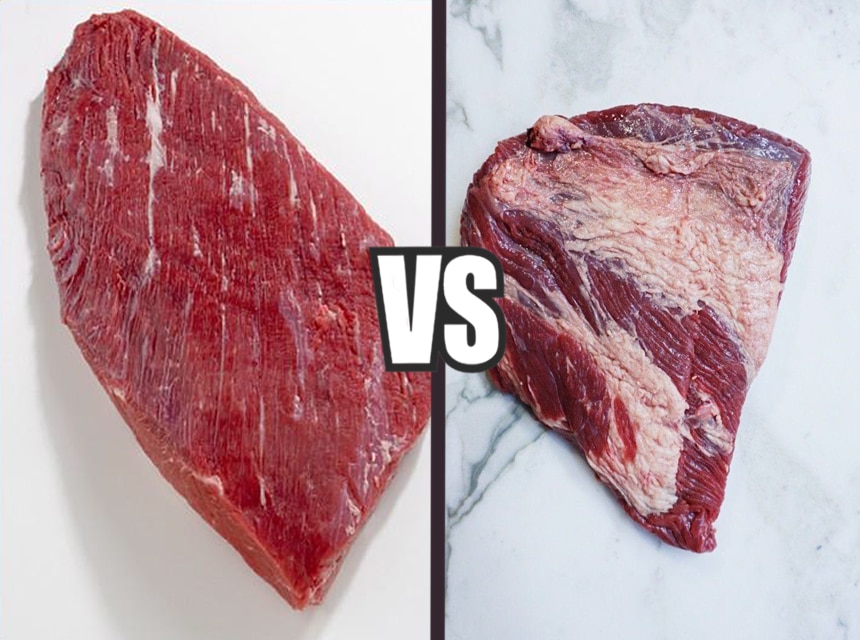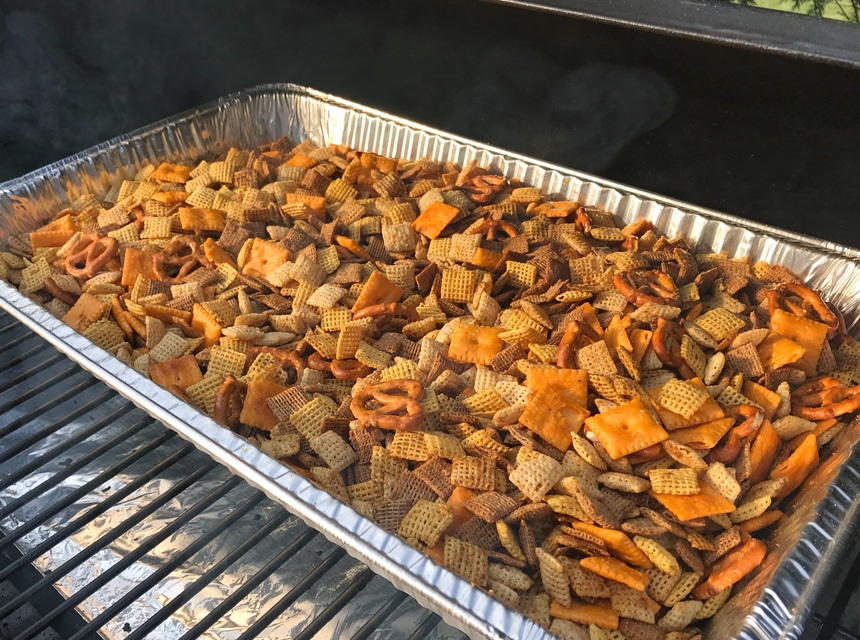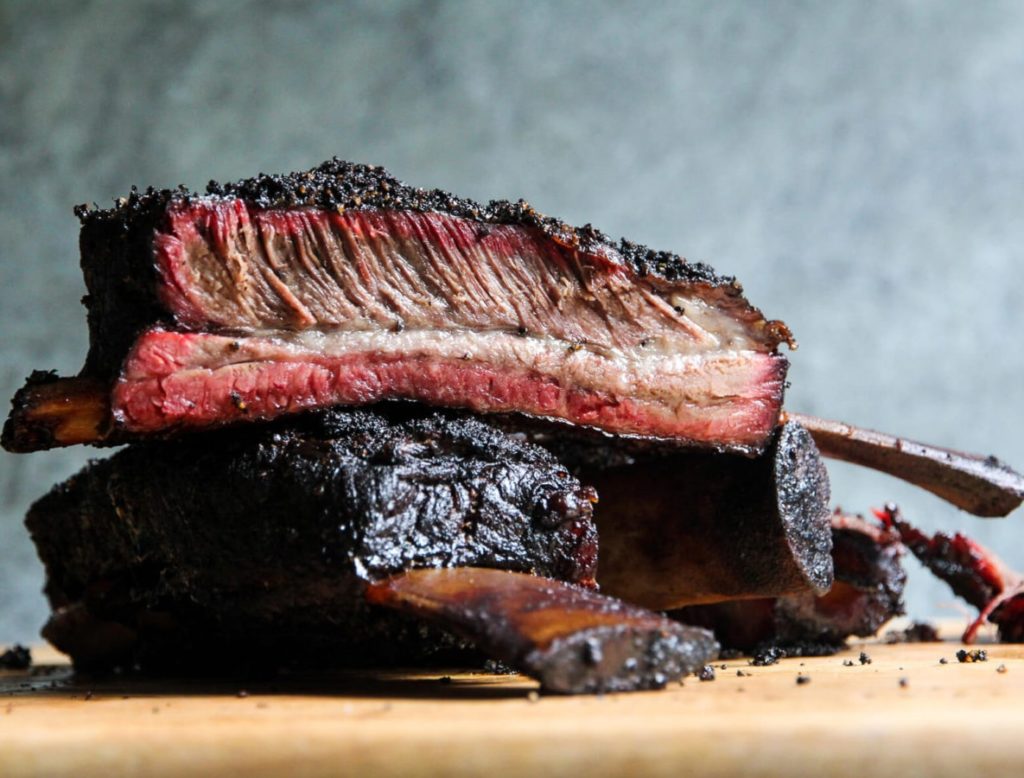

Figuring out how to cook brisket perfectly takes some practice. But, when you’ve mastered the cooking aspect, the next step is to slice it up. That sounds easy enough, doesn’t it? You’d be surprised to know that there’s a proper way to do it that affects the final taste.
Your next question is probably, how to cut a brisket in a way that doesn’t compromise the taste? Today we’ll be looking at what you’ll need as well as the easiest way to cut or carve a whole brisket. Read on to ensure your next brisket is cut correctly.
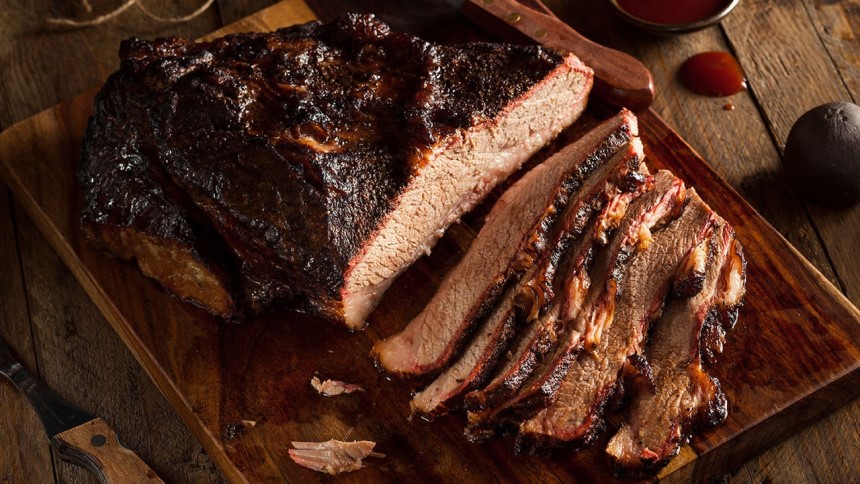
A well-cooked brisket has very visible marbling. This marbling is where most of the juices and flavor comes from. Cutting it the wrong way makes the meat chewy and less tender. This is because the grain of the brisket is aligned with the muscle fibers. To get the maximum tender, robust flavored taste, you’ll have to cut AGAINST the grain. Still wondering how to cut a smoked brisket? Read on to find out!
Carving or slicing your brisket requires a little preparation. There are a few items you’ll need to get before you start hacking into your freshly prepared brisket.
With the time it takes to prepare a brisket, it would be a waste if you don’t cut it correctly. Let’s have a look at what they are.
A well prepared and rested brisket (obviously):
The most important point to remember here is that you shouldn’t slice into your brisket when it’s fresh out of the smoker.
Whether you use a recipe out of your favorite smoker cookbook, or your grandma’s recipe, the golden rule should always be to let it rest before cutting or carving. Once your brisket has reached its required temperature of 205 F, take it off the smoker and wrap it in tin foil. You could even cover it with a few towels for at least an hour.
Resting stops the robust juices from escaping the meat while the proteins react to the cooking or smoking process.
“How to slice brisket the correct way?” is the most common question people ask after “how to prepare brisket”. Investing in a quality brisket slicing knife such as the Victorinox Swiss Army carving knife will make cutting your brisket so much easier. Its long, narrow shape and super sharp edge makes slicing through brisket a breeze.
An added feature is the round tip that allows the knife to create air pockets which easily minimizes friction and allows for improved meat separation. This 12” stainless steel knife is popularly hailed as one of the best brisket knives.
Butcher’s block
A butcher’s block is crucial to ensure your meat doesn’t slide around while you’re trying to achieve the perfect cut. A popular choice is the John Boos Maple Classic Reversible Chopping Block.
Made from Northern Hard Rock Maple Wood, this chopping block is regarded as one of the best food chopping boards on the market. Reversible and easy to wash this board is the ideal surface to slice your brisket.
A butcher’s cutting board is thicker than a normal board and makes cutting meat easier and more accurate because you have the right support.
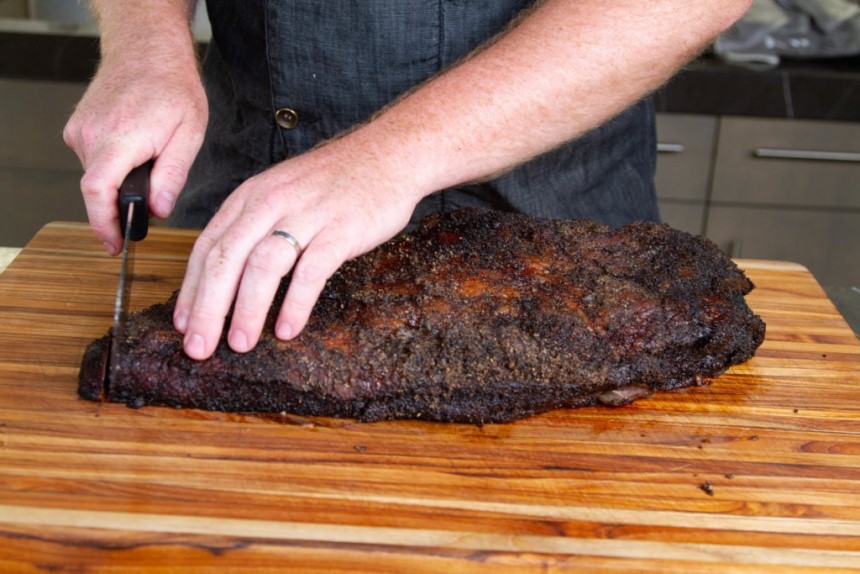
If you’ve prepared a whole brisket, another tip is to not cut, slice or carve the whole brisket if you’re not going to serve it in one sitting. If you’re planning to serve a chunk of it the next day, rather cut that piece at that time. This way you’ll preserve the moisture and your brisket won’t dry out.
Steps on how to cut a whole brisket include the following:

A full brisket usually weighs anywhere between 8 and 12lbs and it’s often cut in half while it’s being prepared for sale. You might even cut a brisket flat when you’re preparing it if you aren’t planning to use the whole brisket during one sitting.
When the deckle is removed, the meat lays flat, hence the name. The flat is a much leaner muscle and is primarily less tender and even less moist.
The easiest way for how to cut a brisket flat include the following steps and tips:
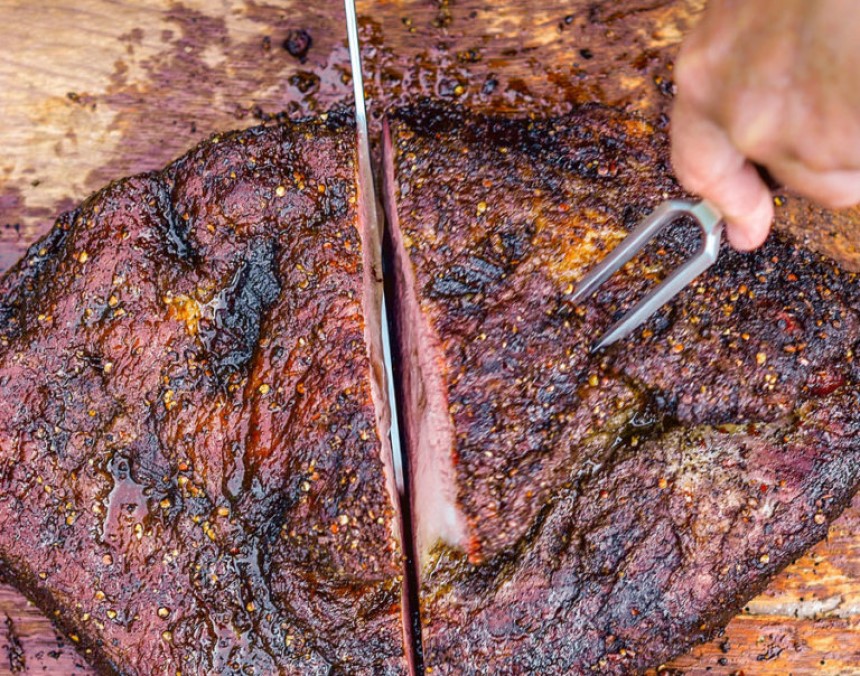
Cutting your brisket in half will allow you to cut down on the prescribed cooking time as well as monitor the internal temperature a lot easier. Some pieces of brisket can also be too big for your cooker or smoker and forcing it to fit will just result in burnt edges. This is another good reason to cut it in half!
If you’re wondering how to cut a brisket in half, follow the steps below:

With carving, the rule of thumb is to cut brisket against the grain to avoid dry and chewy meat. You might also want to cut thinner slices as these are also easier to chew.
The quickest steps to follow to teach you how to carve brisket:
From the tips we’ve shared, it’s easy to see that how to cut a beef brisket is actually a lot easier than you might have anticipated. With the right recipe, a sharp, quality brisket cutting knife and a steady chopping block, you and your guests will be enjoying a remarkable brisket in no time.
